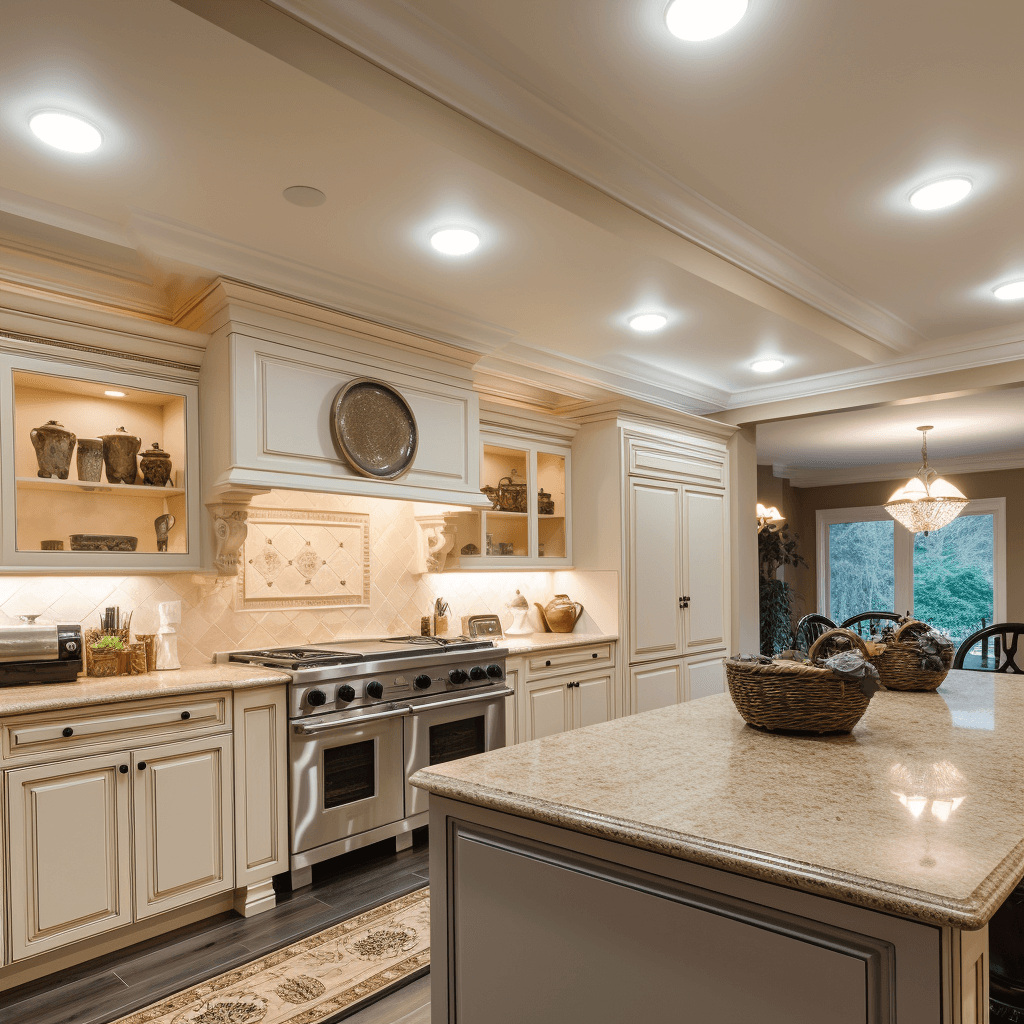Arc Fault Circuit Interrupters (AFCI’s) have been required by the National Electric Code (NEC) for certain electrical circuits in homes since 1999. Originally, they were only required on bedroom outlet receptacle circuits. But over the years, the requirements have evolved to include all circuits in bedrooms and in many other areas of your home. (NOTE: Your local jurisdiction may not have implemented the most current NEC code yet. They may implement it years later than the NEC releases it. Be sure to check with your local AHJ [Authority Having Jurisdiction] for the most current requirements in your specific area). This AFCI protection takes the form of either AFCI outlet receptacles or AFCI circuit-breakers. This advanced technology detects “arc-faults,” and hopefully protects against fires resulting from them. They will “trip” the circuit if it detects an arc-fault — much like a circuit breaker or GFCI does. Older AFCI’s only detected arc-faults on circuits wires in parallel. However, newer versions will also detect them on series circuits. These are known as “Combo AFCI’s,” and are recommended over the older AFCI models. Also, there should not be confused with “Dual-Function AFCI’s,” with protection against BOTH arc-faults, as well as ground-faults like a GFCI does. An “arc-fault” is basically an unintended electrical current that leaves the wire. If you’ve ever heard the term “arcing-and-sparking,” this is what is going on. If you ever “hear” electricity, that means it is going through the air at some point, and that is also an “arc.” This is not something you ever want since this can ignite surrounding materials in your home and cause a fire.

FAQs
Have questions about our services?
We've collected a few of our frequently asked questions. If you still need an answer, the team will be more than happy to help.
General electrical questions
What is AFCI Protection?
Why is my dimmer feel hot to the touch?
It’s perfectly normal for a dimmer switch to be a little warm when your lights are on But if it’s hot, there could be a problem. Dimmer switches get warm because they have electronic devices inside of them to take care of the dimming. How hot is too hot? In general, if the switch is too hot to touch for more than a second, it’s probably too hot. Underwriter’s Laboratory (U.L.) allows a maximum operation temperature of 195F for dimmer switches. But the average dimmer operates much lower, at approximately 140F. That might seem quite hot, but most of that heat is contained within the electrical box in your wall. The plastic plate on the wall doesn’t usually get that warm. But if your dimmer light switch is getting very hot, the problem is likely that the dimmer is over loaded.
Is my panel safe?
Your home’s electrical pane is an important part of your home and helps protect the branch circuits that run to each room of the home The electrical panel is the central part of the system and if it is not safe or functioning properly, it could be a danger. How do you know if your electrical system is safe? #1: Know how old your electrical panel is. Outdated panels from the 1970s and before could be faulty and vulnerable to a house fire. If your home is on the older side and your electrical panel has not been replaced with something newer, you may need to have it looked at by a professional residential electrician to see if there needs to be updates made. #2: Know what kind of panel you have. There are several main types of electrical panels that have been deemed unsafe by electrical professionals. Federal Pacific (FPE) electrical panels are unsafe because their circuit breakers often fail and trip. Even when the circuits are on the off position, they can send power to the circuit, which could cause an electrocution if the homeowner is working on a circuit that is believed to be off. Zinsco panels are another type of panel that have been marked unsafe. These were popular in the 1970s and have circuit breakers inside that can melt the main bus bar. This means that the circuit breaker isn’t allowed to trip, even if it’s shorted or overloaded. So, if there is ever an issue like that, the power surge will melt wires and could cause a fire.
What Is A “Short” Or A “Short Circuit?”
A “short” and “short circuit” describe the same problem. When a short circuit occurs, the electoral wire comes into contact with the neutral or grounded conductor wire and excessive heat is generated. If you see sparks in your electrical panel, this may indicate a short circuit. If this occurs, you should call an electrician immediately for assistance.
What is a GFCI?
A ground fault circuit interrupter, called a GFCI or GFI, is an inexpensive electrical device that can either be installed in your electrical system or built into a power cord to protect you from severe electrical shocks. GFCIs have played a key role in reducing electrocutions. Greater use of GFCIs could further reduce electrocutions and mitigate thousands of electrical burn and shock injuries still occurring in and around the home each year. Ground fault protection is integrated into GFCI receptacles and GFCI circuit breakers for installation into your electrical system, especially for circuit outlets in particularly vulnerable areas such as where electrical equipment is near water. Portable GFCIs are also available to provide on-the-spot ground fault protection even if a GFCI is not installed on the circuit. The GFCI is designed to protect people from severe or fatal electric shocks but because a GFCI detects ground faults, it can also prevent some electrical fires and reduce the severity of other fires by interrupting the flow of electric current.
